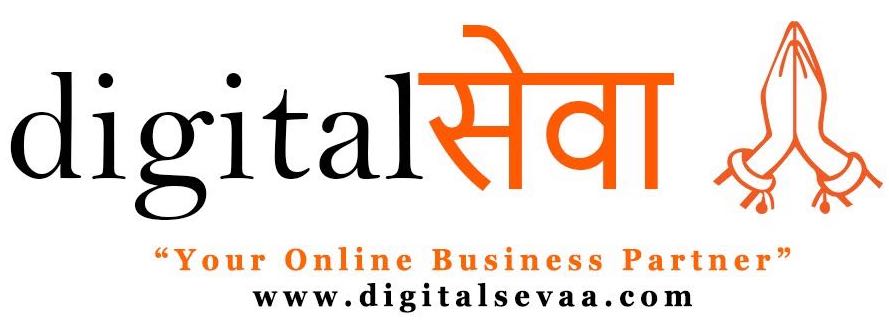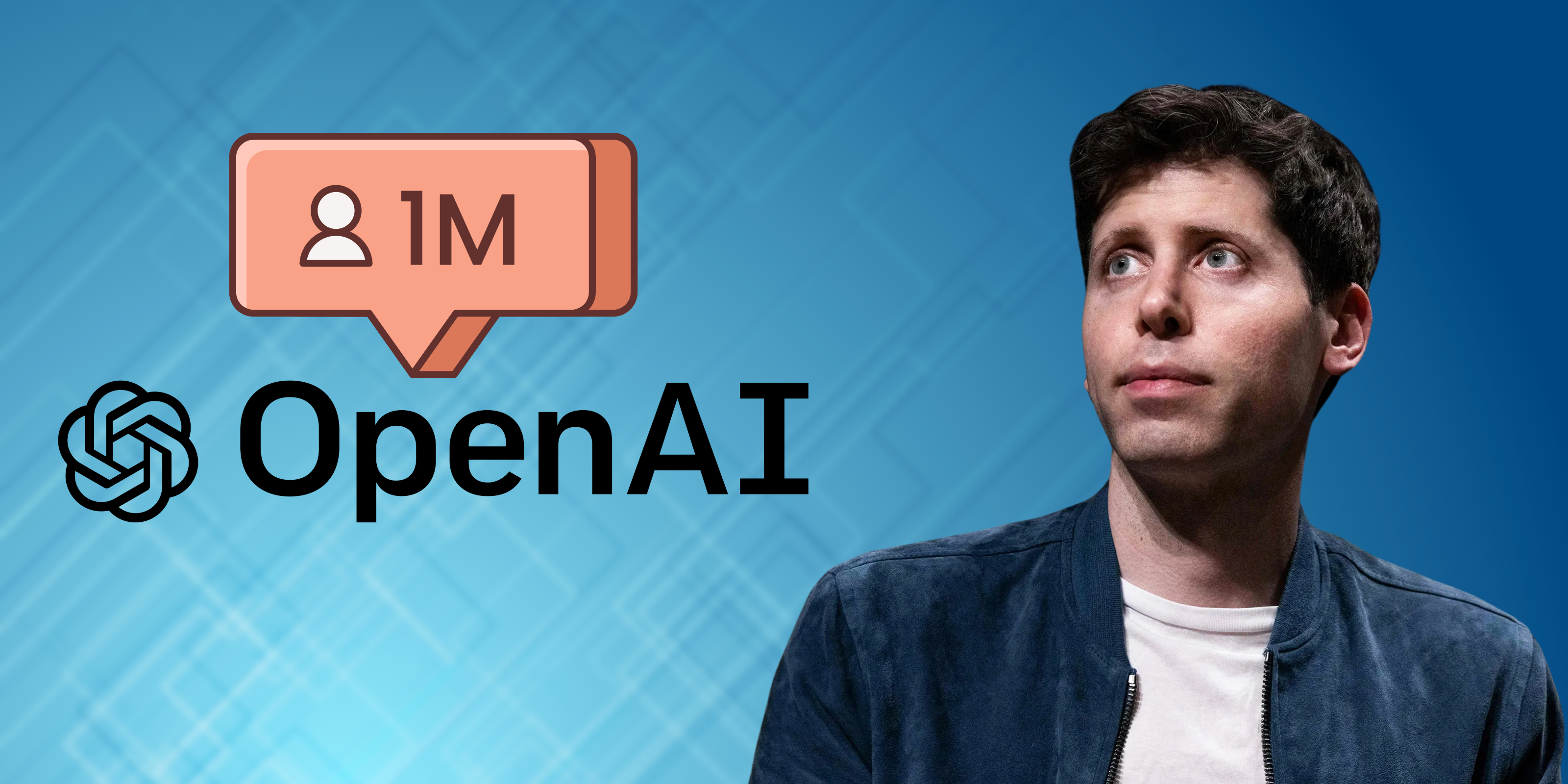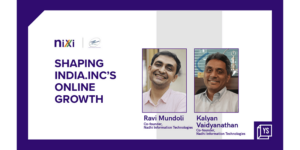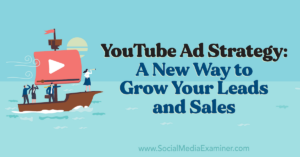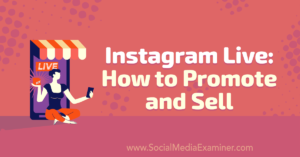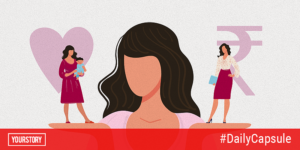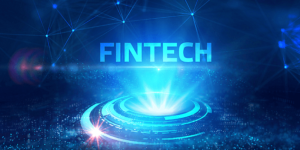In a world where apps fight tooth and nail for attention, ChatGPT pulled off something insane—capturing 1 million users in just 60 minutes.
But it wasn’t just the power of AI that made this feat so great. It was the Ghibli-style art.
Imagine Studio Ghibli meeting the brains of artificial intelligence. The result? It is a beautiful form of storytelling, imagination, and irresistible charm that sent the internet into a frenzy.
So what exactly happened, and how did Ghibli-inspired visuals help ChatGPT break the internet? Let’s break it down today!
When AI met anime-style art

OpenAI recently rolled out the Ghibli art feature. This new update allows users to generate Studio Ghibli–style images with a single prompt. Within minutes, social media feeds were flooded with AI-generated art that looked straight out of a Miyazaki film.
Soon, this feature started to trend on Instagram and X (formerly Twitter), and the internet exploded with AI-generated Ghibli pictures. In fact, Sam Altman, OpenAI’s CEO, tweeted about how 1 million new users joined the platform in just 60 minutes!
Users weren’t just looking at Ghibli art. They were creating it. They were turning their imaginations into visual masterpieces at lightning speed. And that made it addictive.
Ghibli feature is a masterclass in hype
So why did this campaign crush it? These were the three key ingredients:
- Virality – The feature exploded on social media, sparking a frenzy of curiosity and clicks.
- Emotion – Ghibli’s iconic art style struck a deep chord with nostalgia.
- Shareability – Every image was a tiny billboard for ChatGPT. People saw it, loved it, and had to try it themselves.
From influencers to everyday users, everyone jumped in to avoid FOMO. Within just 60 minutes, over a million people had logged on, created their art, and shared it across the internet.
The trend became so massively popular that Sam Altman asked users to “chill out” so his team could sleep.
The hidden privacy risks of Ghibli’s feature
The Ghibli ChatGPT feature is a charming way for fans to engage with Studio Ghibli’s iconic characters. But there’s a big catch. With AI in the picture, this raises privacy risks, especially if it processes photos or facial data.
Unlike simple text interactions, photos contain layers of sensitive information beyond just facial recognition. Images often carry hidden metadata, including:
- GPS coordinates– This reveals where a photo was taken
- User data– comments or tags added to the photo.
- Device details– Information about the camera model, software versions, etc.
With this data collection, there’s a risk that users might face tracking, profiling, or even unauthorised data leaks. So while you dive into the world of Ghibli, it’s essential to keep your privacy in mind!
Final thoughts
ChatGPT gained 1 million new users in just one hour on its platform. The Ghibli trend sparked joy, inspired creativity, and reminded millions of us why we fell in love with storytelling in the first place. But this love comes with privacy risks right from data collection to potential biometric tracking. So, OpenAI needs to ensure it’s latest feature does not fall into the wrong hands.
